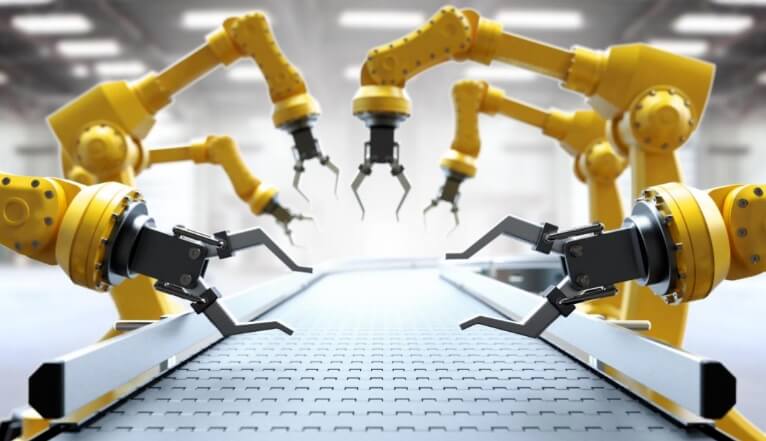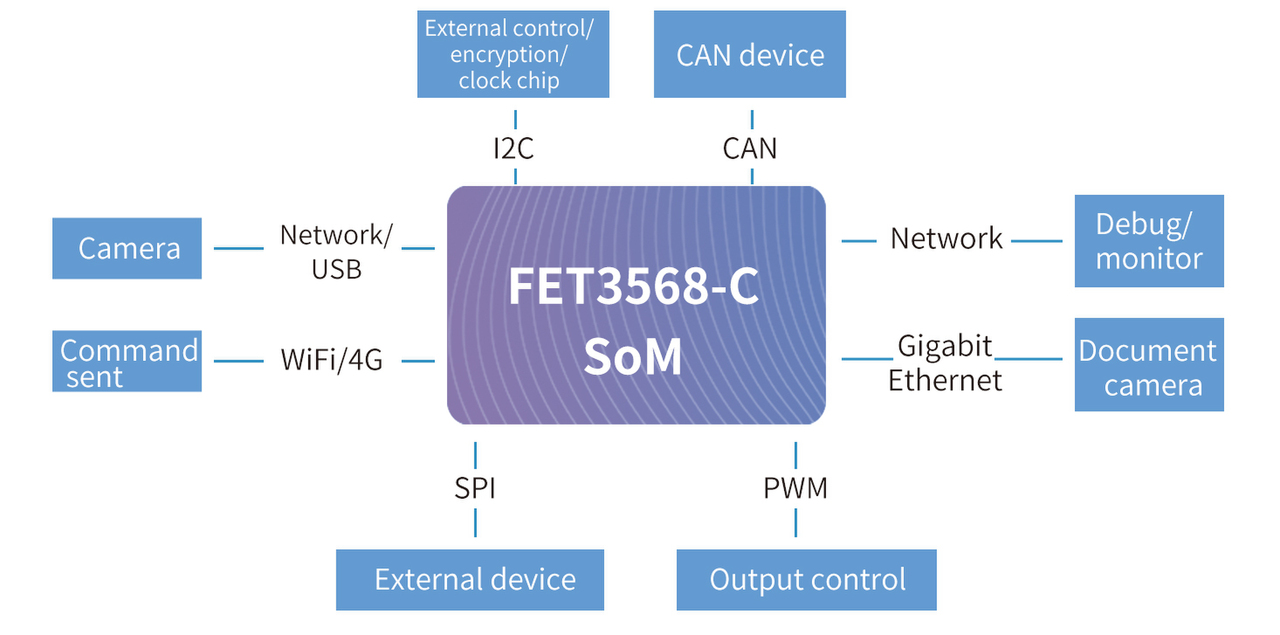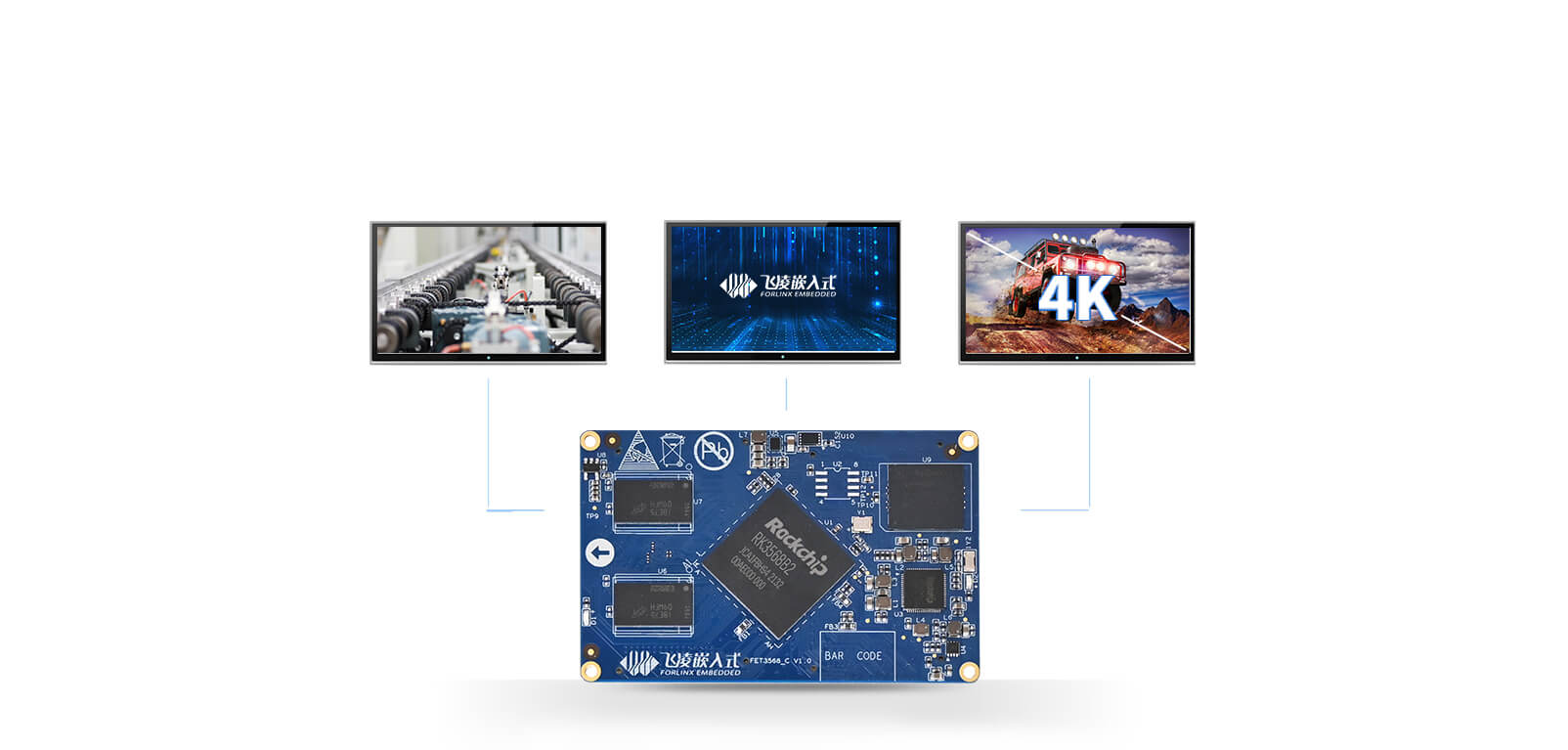Multi-axis robot control refers to the process of controlling the motion, position, and tasks of robots with multiple motion axes or joints. Multi-axis robots are typically comprised of multiple motors and joints, allowing them to move and perform various tasks across multiple degrees of freedom. Multi-axis robots are widely used in industry, manufacturing, healthcare, military, and service robots to improve production efficiency and perform various tasks.

Feedback control: Multi-axis robots are often equipped with sensors such as encoders, inertial sensors and vision sensors to provide real-time feedback. Feedback control allows the robot to correct motion errors and adjust its position and attitude to accommodate instabilities or external disturbances.
Task control: Multi-axis robot control also involves performing various tasks, such as grasping, assembling, welding, painting, and so on. Task control often requires advanced control algorithms and planners to implement complex action sequences.
Programming mode: Multi-axis robots can be controlled by different programming methods, including manual programming, off-line programming, teaching-based programming and automated programming. Each method has its own applicable scenarios and advantages.
Safety: Safety is very important in multi-axis robot control. Robots must be designed and operated to prevent hazardous situations and need to have emergency stop and collision detection.

Based on this, Forlinx brings FET3568J-C computer on module, which adopts a quad-core 64-bit Cortex-A55 industrial-grade processor with a main frequency of up to 2.0GHZ and integrates a 1TOPS arithmetic NPU internally.
With preempt rt87 patch, the system real-time: 10~50μs, can meet the different applications in the industrial field for real-time requirements.
Rich functional interfaces: 2xchannel Gigabit Ethernet, 3xchannel PCLE, 4xchannel independent USB, 3xchannel SATA3.0, 10xchannel UART, etc.
It has powerful multimedia and image processing capabilities, supports high-definition hard decoding in multiple formats, integrates dual-core GPU, and supports all mainstream modern image APIs.

High Performance: Although ARM processors have low power consumption, they still provide excellent performance. ARM's different core designs are suitable for a variety of applications, from low-power microcontrollers to high-performance multi-core processors, which can meet the performance needs of a variety of controller applications.
Multi-core processing: ARM processors support multi-core processing, which means they can integrate multiple processing cores on a single chip for parallel processing and higher performance. This is useful for controllers that need to handle multiple tasks or multiple sensor inputs.
Flexibility: The ARM architecture is very flexible and can be customized to meet the needs of the application. The ARM architecture is very flexible and can be customized to meet the needs of the application.
Ecosystem support: ARM has a large ecosystem of development tools, operating systems, applications and third-party support. This makes it easier to develop and maintain ARM controller-based systems.
Cost-effectiveness: ARM processors are usually relatively cheap due to the widespread adoption and standardization of the ARM architecture This reduces manufacturing costs and helps create competitive controller products.
Wide Range of Applications: ARM processors are suitable for a wide range of applications, including embedded systems, the Internet of Things (IoT), automotive, industrial automation, medical devices, consumer electronics and communication devices. This means that the ARM processor can be reused in different controller applications.
Safety: ARM processors provide hardware-level security features that protect devices from malicious attacks and data leakage. This is important for controller applications that require a high degree of security.
Originally published at www.forlinx.net.
The main core points for a multi-axis robot controller are as follows:
Joint control: The joints of a multi-axis robot are the basic units of its motion and are usually driven by motors. The control of each joint involves setting a target angle or position to achieve the desired movement.Feedback control: Multi-axis robots are often equipped with sensors such as encoders, inertial sensors and vision sensors to provide real-time feedback. Feedback control allows the robot to correct motion errors and adjust its position and attitude to accommodate instabilities or external disturbances.
Task control: Multi-axis robot control also involves performing various tasks, such as grasping, assembling, welding, painting, and so on. Task control often requires advanced control algorithms and planners to implement complex action sequences.
Programming mode: Multi-axis robots can be controlled by different programming methods, including manual programming, off-line programming, teaching-based programming and automated programming. Each method has its own applicable scenarios and advantages.
Safety: Safety is very important in multi-axis robot control. Robots must be designed and operated to prevent hazardous situations and need to have emergency stop and collision detection.
Based on this, Forlinx brings FET3568J-C computer on module, which adopts a quad-core 64-bit Cortex-A55 industrial-grade processor with a main frequency of up to 2.0GHZ and integrates a 1TOPS arithmetic NPU internally.
With preempt rt87 patch, the system real-time: 10~50μs, can meet the different applications in the industrial field for real-time requirements.
Rich functional interfaces: 2xchannel Gigabit Ethernet, 3xchannel PCLE, 4xchannel independent USB, 3xchannel SATA3.0, 10xchannel UART, etc.
It has powerful multimedia and image processing capabilities, supports high-definition hard decoding in multiple formats, integrates dual-core GPU, and supports all mainstream modern image APIs.
Using the ARM architecture to implement a controller has many advantages, including:
Low Power Consumption: ARM processors typically have low power consumption, which makes them ideal for embedded systems and mobile devices, especially for applications that require long running times. Low power consumption helps to extend battery life and reduce the energy consumption of the device.High Performance: Although ARM processors have low power consumption, they still provide excellent performance. ARM's different core designs are suitable for a variety of applications, from low-power microcontrollers to high-performance multi-core processors, which can meet the performance needs of a variety of controller applications.
Multi-core processing: ARM processors support multi-core processing, which means they can integrate multiple processing cores on a single chip for parallel processing and higher performance. This is useful for controllers that need to handle multiple tasks or multiple sensor inputs.
Flexibility: The ARM architecture is very flexible and can be customized to meet the needs of the application. The ARM architecture is very flexible and can be customized to meet the needs of the application.
Ecosystem support: ARM has a large ecosystem of development tools, operating systems, applications and third-party support. This makes it easier to develop and maintain ARM controller-based systems.
Cost-effectiveness: ARM processors are usually relatively cheap due to the widespread adoption and standardization of the ARM architecture This reduces manufacturing costs and helps create competitive controller products.
Wide Range of Applications: ARM processors are suitable for a wide range of applications, including embedded systems, the Internet of Things (IoT), automotive, industrial automation, medical devices, consumer electronics and communication devices. This means that the ARM processor can be reused in different controller applications.
Safety: ARM processors provide hardware-level security features that protect devices from malicious attacks and data leakage. This is important for controller applications that require a high degree of security.
Originally published at www.forlinx.net.